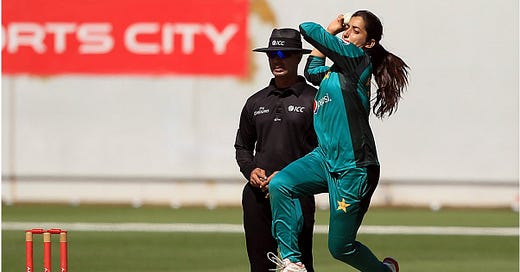By: Salman Rafi Sheikh
When the Pakistan men’s cricket team beat their archival India for the first time in a World Cup match last October, it was cause for a national celebration, a victory that unified a nation otherwise marred by political, religious, and ethnic polarization.
Yet this love for cricket becomes fragile and passion gives way to controvers…
Keep reading with a 7-day free trial
Subscribe to Asia Sentinel to keep reading this post and get 7 days of free access to the full post archives.



